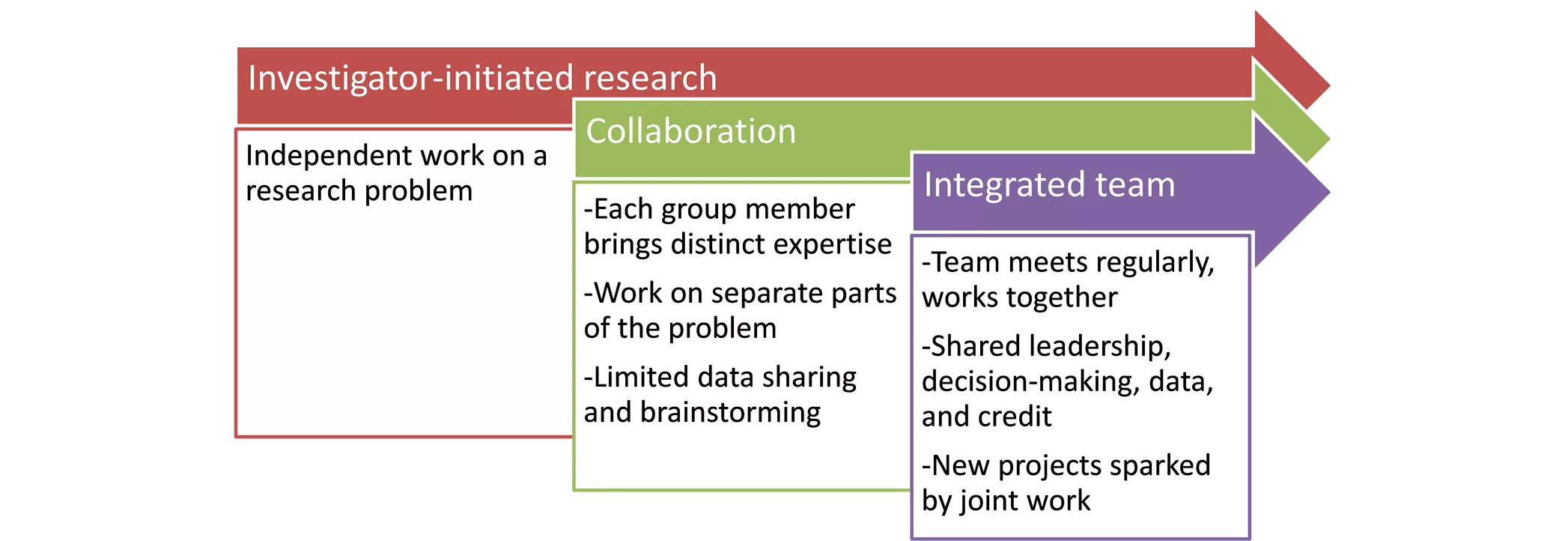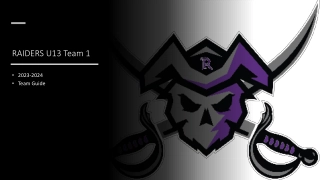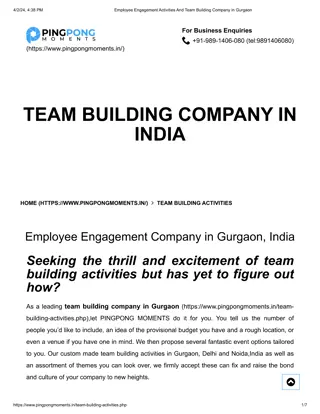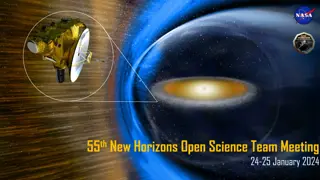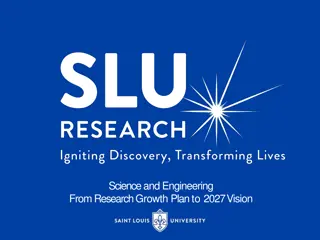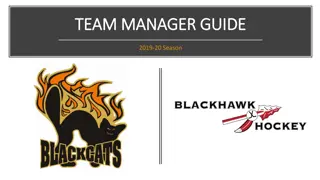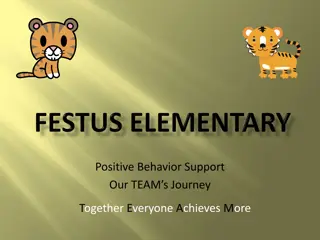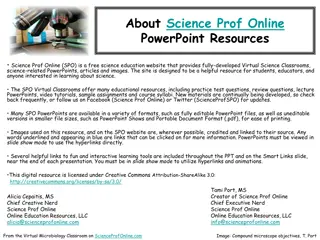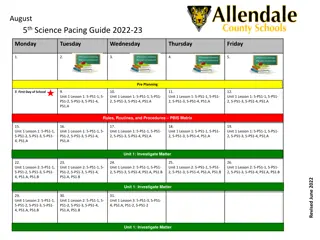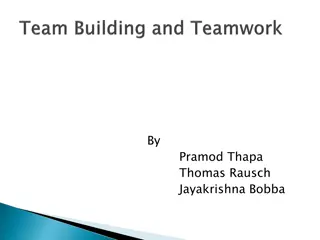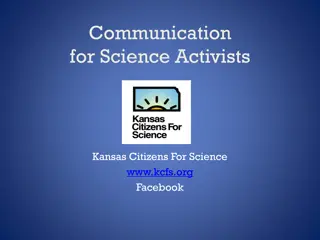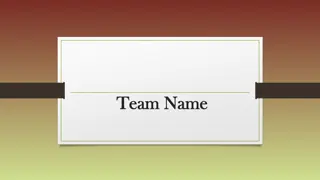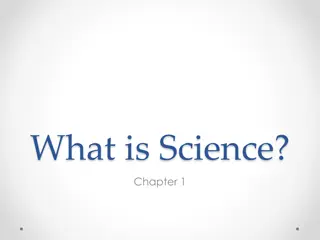Embracing Team Science in Research: A Comprehensive Guide
Explore the transition from investigator-driven to large-team research, understanding the essence of team science, its benefits, challenges, and the stages of team development. Learn the critical aspects of forming, storming, and norming teams before writing a grant, emphasizing shared vision, conflict resolution, and leadership dynamics.
Download Presentation

Please find below an Image/Link to download the presentation.
The content on the website is provided AS IS for your information and personal use only. It may not be sold, licensed, or shared on other websites without obtaining consent from the author. Download presentation by click this link. If you encounter any issues during the download, it is possible that the publisher has removed the file from their server.
E N D
Presentation Transcript
Moving from Investigator Driven to Large Team Research Cathleen Col n-Emeric, MD, MHS
What is Team Science? Research conducted in an interdependent fashion by more than one individual Unidisciplinary, multidisciplinary, transdisciplinary Investigator-initiated research Collaboration Independent work on a research problem Integrated team -Each group member brings distinct expertise -Team meets regularly, works together -Work on separate parts of the problem -Shared leadership, decision-making, data, and credit -Limited data sharing and brainstorming -New projects sparked by joint work National Academies, Enhancing the Effectiveness of Team Science, 2015 2
What is Great about Team Science Aging-related conditions inherently multifactorial Diverse teams more innovative science Learn from each other Leadership, mentorship opportunities National networking New collaborations 3
What is Hard about Team Science Requires shared vision Requires time to build relationships, trust Diffusion of responsibility Misaligned expectations Conflict Data ownership, authorship Promotion requirements 4
The Five Dysfunctions of a Team (Lencioni) Absence of trust Fear of conflict Lack of commitment Avoidance of accountability Inattention to results 5
Stages of Team Development Must occur BEFORE submitting the grant 6
Before you write the grant Forming Select partners carefully Assess team readiness, strengths, weaknesses Storming Develop shared vision, goals, process Embrace and use conflict effectively (or regroup) Norming Clearly specify roles, expectations in writing (charter) Process for rotating leadership, disputes, authorship 7
As you write the grant Two stories The Story of the Science The Story of the Team What is the team s shared vision? Prior collaborations? Storming & norming? Individual expertise of each member? How integrated? How will the team operate? Avoid dysfunction? 8
Pitfalls to Avoid Insufficient time for team development Key team members involved too late Tokenism without real opportunity to contribute substantively to the process Easier to write it myself Inconsistencies across sections Insufficient time for additional storming that inevitably occurs in team writing 9
Once you get the grant Put team coordination, evaluation on the agenda at least quarterly Planned paper table and process for new ideas as they emerge Assign team moderator role Conflict is expected and healthy (if well managed) Acknowledge contributions Celebrate successes 10
Resources NCI Team Science Field Guide https://www.cancer.gov/about- nci/organization/crs/research-initiatives/team-science- field-guide/collaboration-team-science-guide.pdf National Academies Science of Team Science https://www.nationalacademies.org/our-work/the- science-of-team-science Hartford Foundation Interdisciplinary Team Training https://www.researchgate.net/publication/7723325_Ge riatric_Interdisciplinary_Team_Training_Program 12











